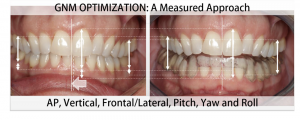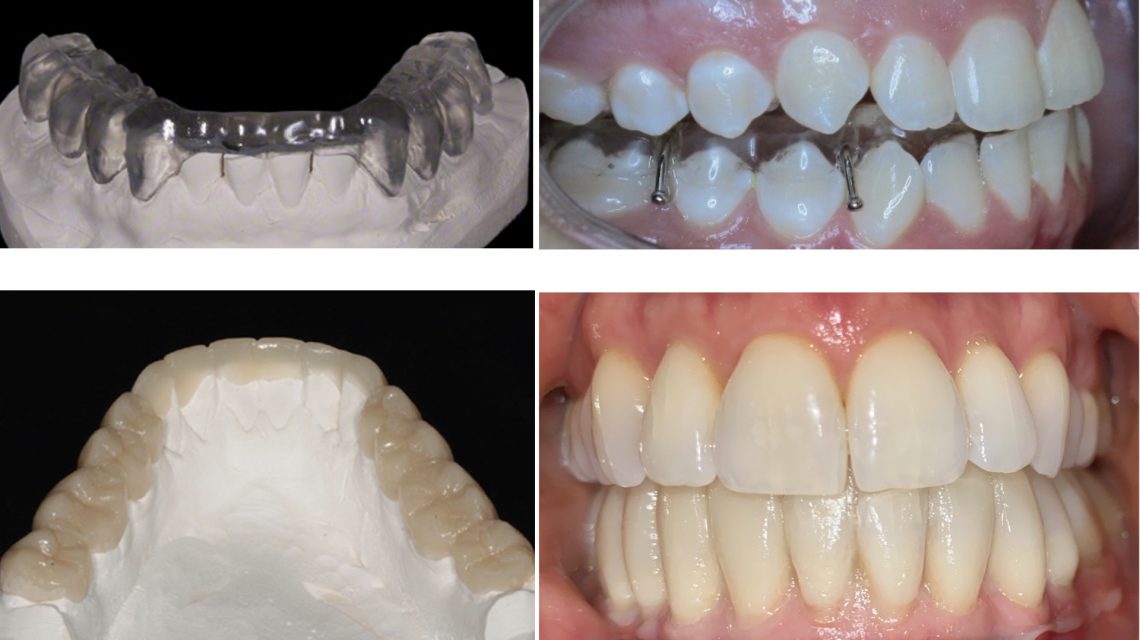 A neuromuscular orthotic is used during the following phases of treatment of Temporomandibular Disorder:
A neuromuscular orthotic is used during the following phases of treatment of Temporomandibular Disorder:
- Phase I – Diagnostic TMJ Pain Therapy, Masticatory Dysfunction, Joint Derangement.
- Phase II – A Foundation for the beginning of the Final Restorative Phase of Treatment.
Microns matter when treating complex TMD pain
Precision is CRITICAL. Most dentists use articulating paper that is 100 microns thick, to assess a patient’s occlusion (bite). But much chronic pain and TMJ patients are in constant pain as a result of a higher level of proprioception, sometimes even as detailed as 10 microns. A lack of in-depth understanding of occlusion combined with the absence of technology to specifically measure the forces of each particular tooth-to-tooth contact, result in many patients not getting the diagnosis and the treatment they so desperately need in order to resolve their symptoms.
Establishing optimal physiologic occlusion where the patient’s teeth fit together properly and in relation to unstrained TMJ, jaw bones, muscles, and ligaments, is the goal of neuromuscular treatment in order to reduce and eliminate pain and TMD symptoms.

